Advertisement
History of the Internet
Advertisement
Imagine trying to navigate today's world without the internet—it's almost unthinkable. From managing our bank accounts to streaming endless cat videos, the internet touches nearly every aspect of our lives. But where did this incredible network come from? Back in the 1930s, long before smartphones were even a twinkle in anyone's eye, visionary scientists dreamed up the concept of a globally connected data network. Later on, the U.S. government and dedicated researchers worldwide laid the groundwork for the internet we know today.
Envisioning the Web Before the Internet
Paul Otlet was quite the forward-thinker. Among his many achievements, he created the Universal Decimal Classification system that libraries used before everything went digital. Some folks believe he was the first person to imagine the internet. In the late 1800s, Otlet outlined his idea of a "radiated library," a network of knowledge accessible to all. Concepts resembling hyperlinks, search engines, and even social networks were part of his vision, albeit under different names. His early ideas set the stage for the digital connections we take for granted now.

Advertisement
Before ARPANET – J.C.R. Licklider
Jumping ahead to 1962, American psychologist and computer scientist J.C.R. Licklider shared his thoughts on a global computing network while at Bolt, Beranek, and Newman. His memos detailed ideas that closely mirror what the internet offers today. Just two years after becoming vice president at BBN, Licklider moved to the Advanced Research Projects Agency (ARPA) within the U.S. Department of Defense. Although his assignment ended before ARPANET's formation, his groundwork paved the way for his successors to make it a reality.
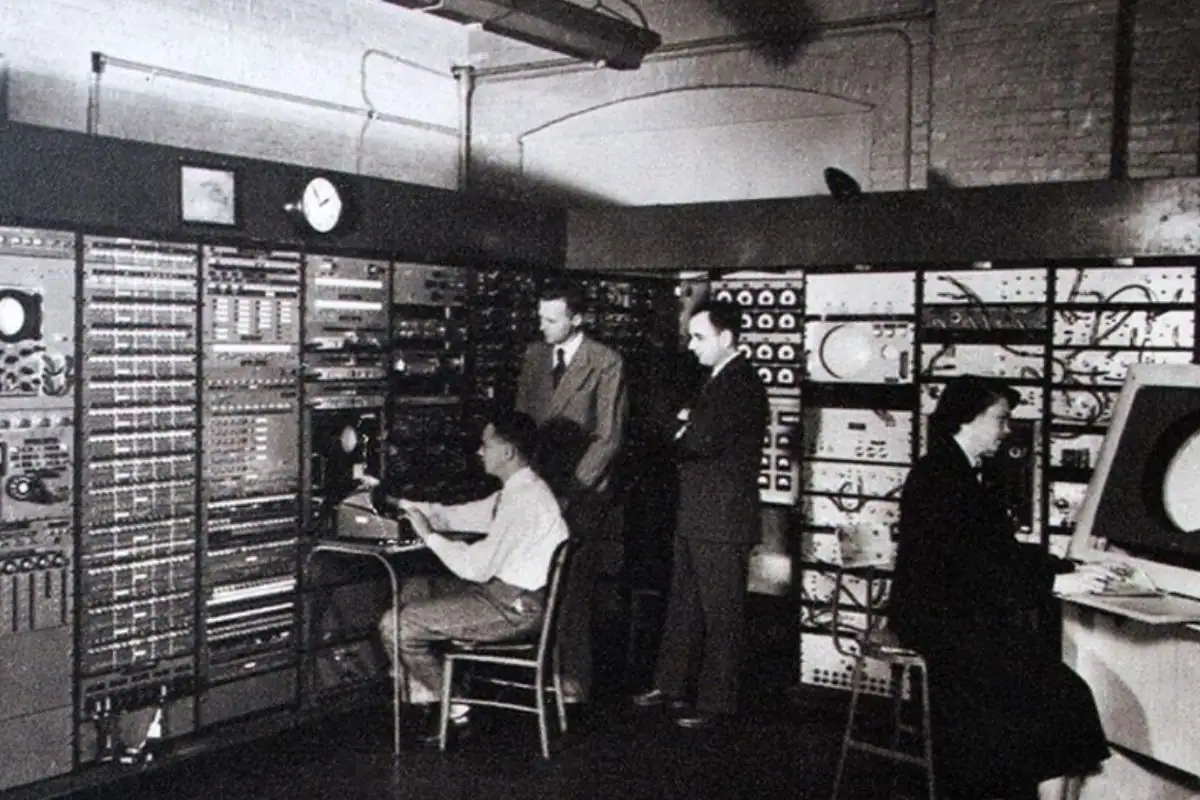
Advertisement
The Invention of Packet Switching
Packet switching became the backbone of digital data communication. This technology involves breaking data into small chunks, or "packets," and routing them to their destination efficiently. It's way faster and more efficient than the old circuit-switching methods used in traditional phone calls. Engineers Paul Baran and Donald Davies independently came up with packet switching around the same time. In the late 1960s, Davies was the first to implement it in a computer network. His work inspired others, including those developing ARPANET, to adopt packet switching, revolutionizing data transmission.

Advertisement
Formation of ARPANET
In 1966, Bob Taylor took the helm of the Information Processing Office at DARPA. He brought on MIT engineer Larry Roberts to help bring Licklider's vision to life. Roberts applied Donald Davies's packet-switching concepts to ARPANET, boosting its speed by more than 20 times. By October 1969, the first ARPANET connection was made, and by December, a network of four computers was communicating seamlessly. This was a monumental step toward creating the interconnected world we live in today.
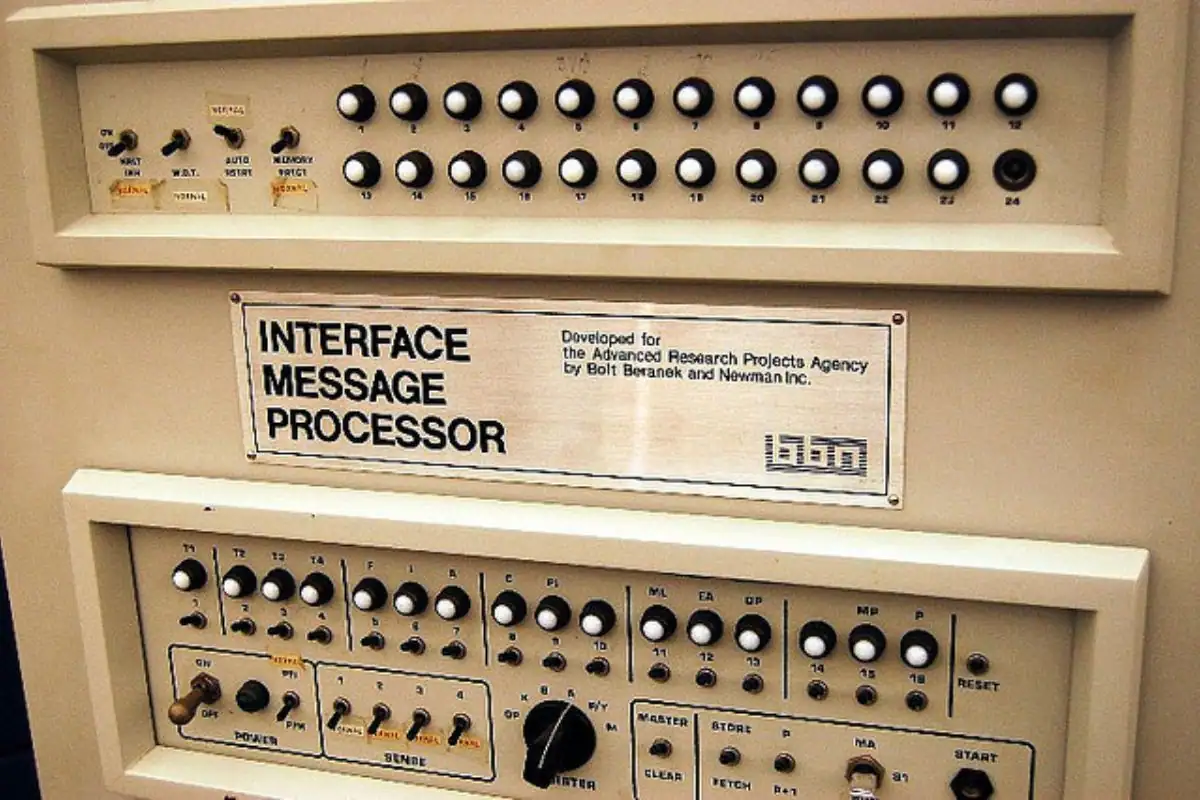
Advertisement
Standardizing Data Transmission
While ARPANET was making strides, other networks were popping up across universities and countries. To unify these systems, DARPA funded research to develop TCP/IP—Transmission Control Protocol and Internet Protocol. TCP/IP shifted the responsibility for reliable data transfer from the network itself to the host computers. On January 1, 1983, TCP/IP became DARPA's official protocol, allowing nearly any network to connect to ARPANET. This standardization was crucial for building a truly global network.
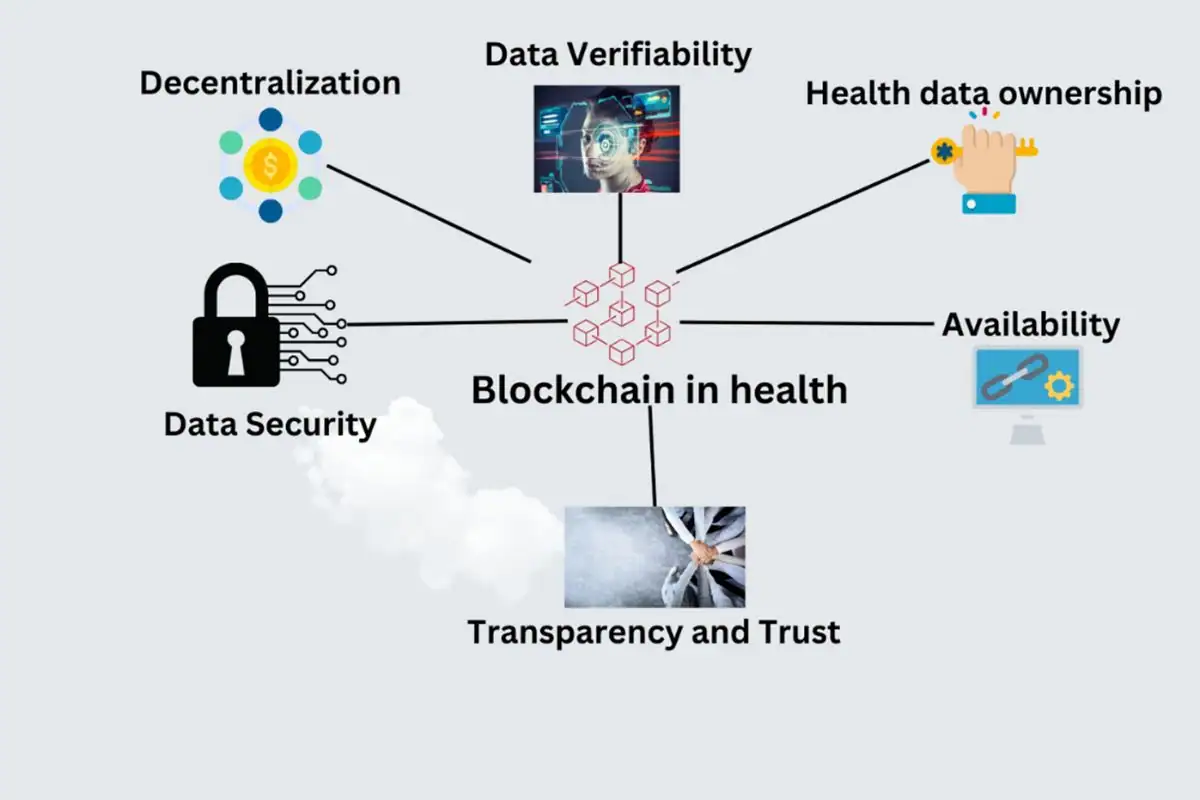
Advertisement
The Domain Name System
Ever wonder how domain names translate to IP addresses? You can thank Elizabeth Feinler for that. In 1985, as the director of the Network Information Systems Center at Stanford Research Institute, she developed the concept of domain names. She suggested that domain names be based on the physical addresses of computers, which is why educational institutions use ".edu" as their domain suffix. Her work made navigating the internet a whole lot easier for everyone.
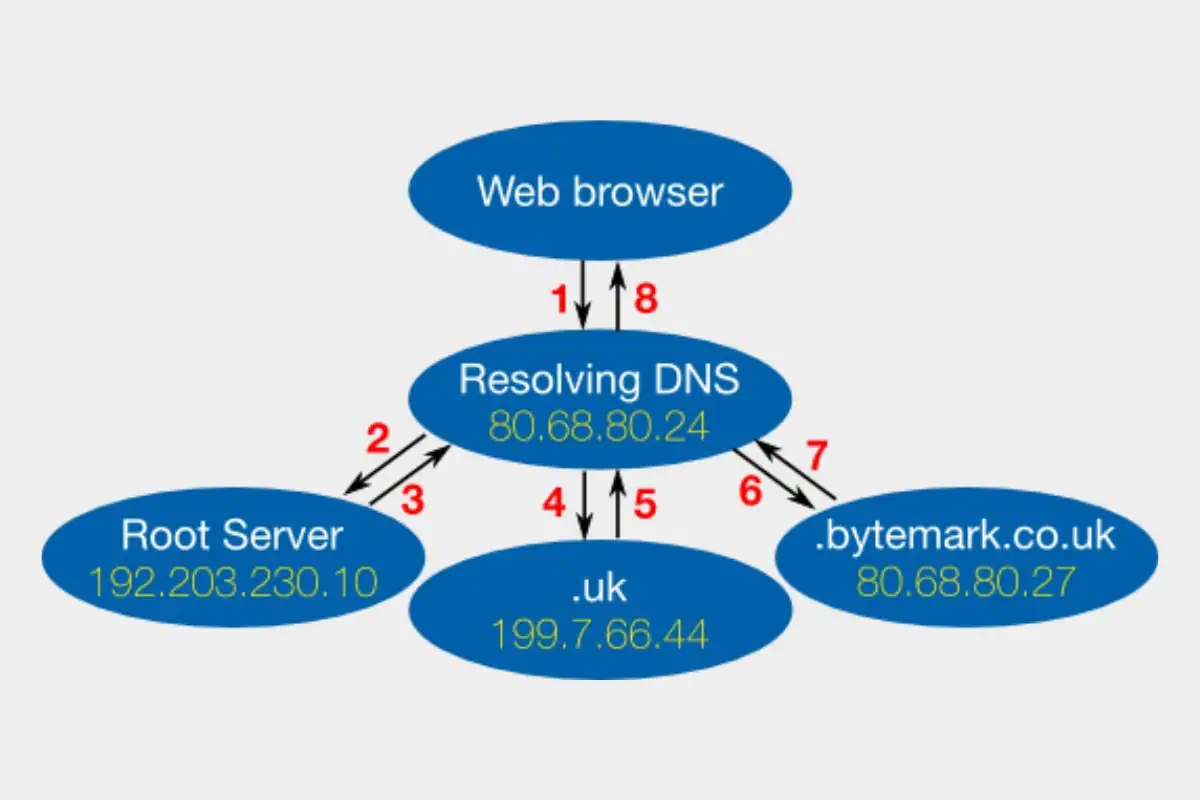
Advertisement
The First .com Domains
Top-level domains (TLDs) are the highest level in the internet's hierarchical Domain Name System. In 1985, Symbolics Inc. registered the first commercial TLD, making history. Fast forward from 1992 to 2018, and .com domains skyrocketed from fewer than 15,000 to over 134 million. Since domains were first introduced, the total number of TLDs has expanded from just seven to a whopping 21. This growth reflects the Internet's rapid expansion into all areas of commerce and communication.

Advertisement
The First Internet Service Providers
Early Internet Service Providers (ISPs) like Portal Software and Netcom were pioneers in bringing the Internet to the public. Initially, ISPs focused on providing access to research networks, email, and Usenet news. In November 1989, The World became the first commercial ISP in the United States, signing up its first customer. Remember the phrase "You've got mail"? That was popularized by AOL, an ISP that continues to operate even today. These companies played a pivotal role in making the Internet accessible to everyday folks.

Advertisement
The World Wide Web Emerges
Enter Tim Berners-Lee, an English engineer and computer scientist who believed there had to be a better way to access information stored on different computers. HyperText Markup Language (HTML) was already in development, and with his colleague Robert Cailliau, they conceptualized how documents could be linked and read through what they called "browsers." In 1989, they introduced the World Wide Web, forever changing how we interact with information. Their invention laid the foundation for websites, online content, and the web as we know it.

Advertisement
The Internet Today
Since the early days of ARPANET, the internet has grown beyond anyone's wildest dreams. From the first email sent in 1971 to today's high-speed connections, the internet has transformed how we learn, communicate, and conduct business. Social media platforms allow us to stay connected with friends and family across the globe in real time. Transferring money between banks happens in the blink of an eye. We can even see each other's faces during video chats, no matter the distance. Sure, the internet has its downsides, like cybercrime and misinformation. But overall, it has made the world a more connected place by providing instant communication and access to a wealth of knowledge.
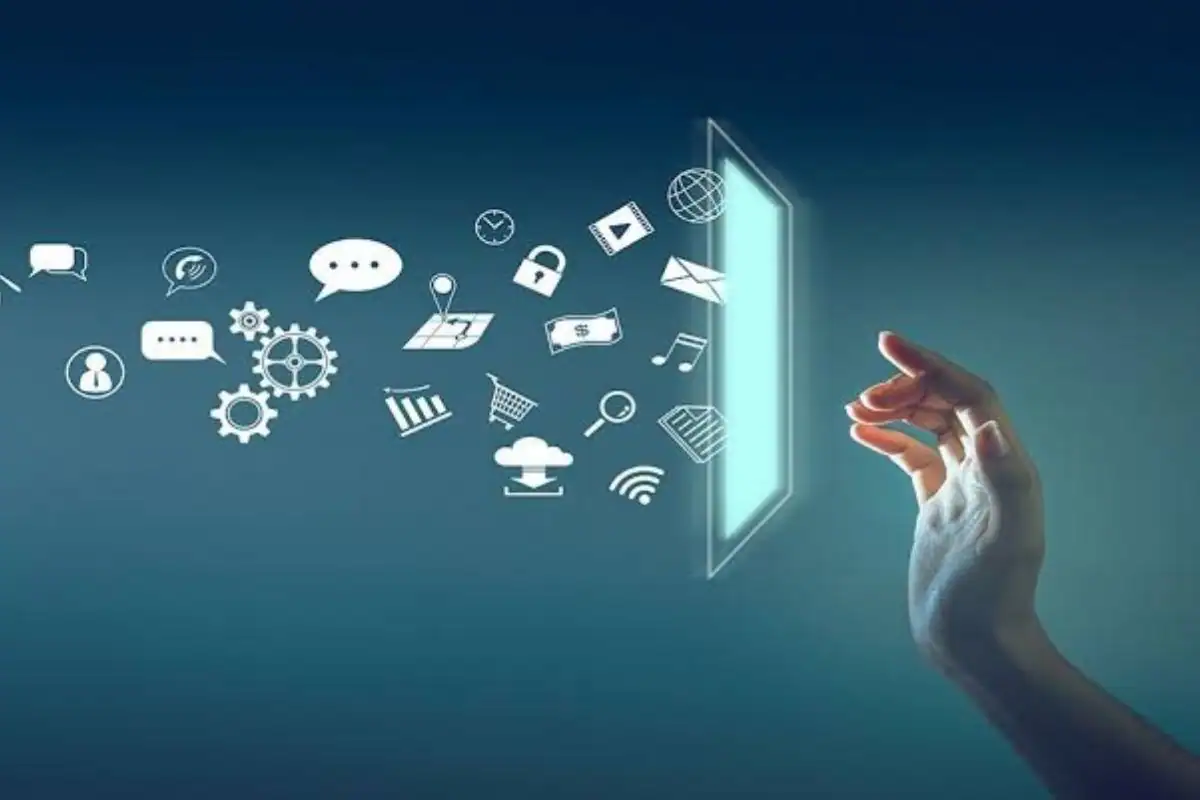
.png)




